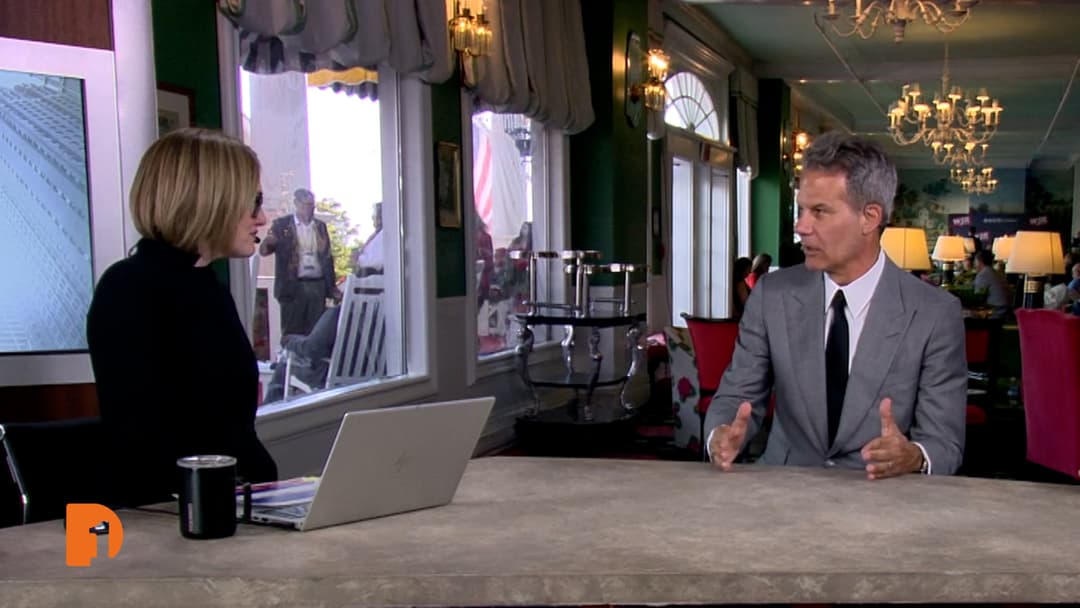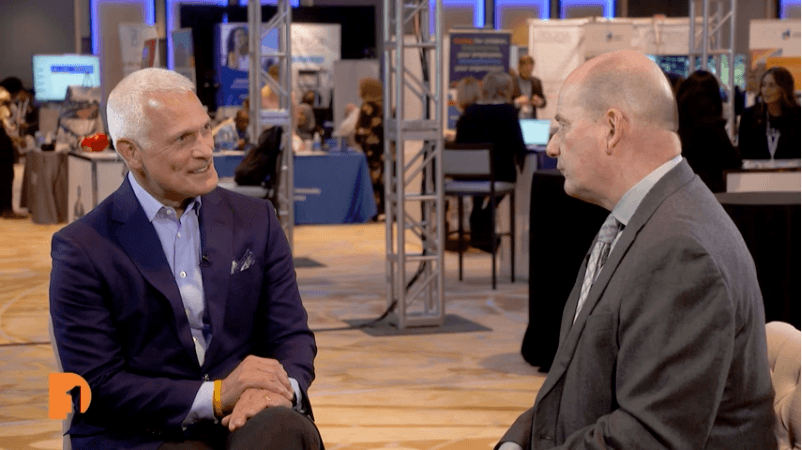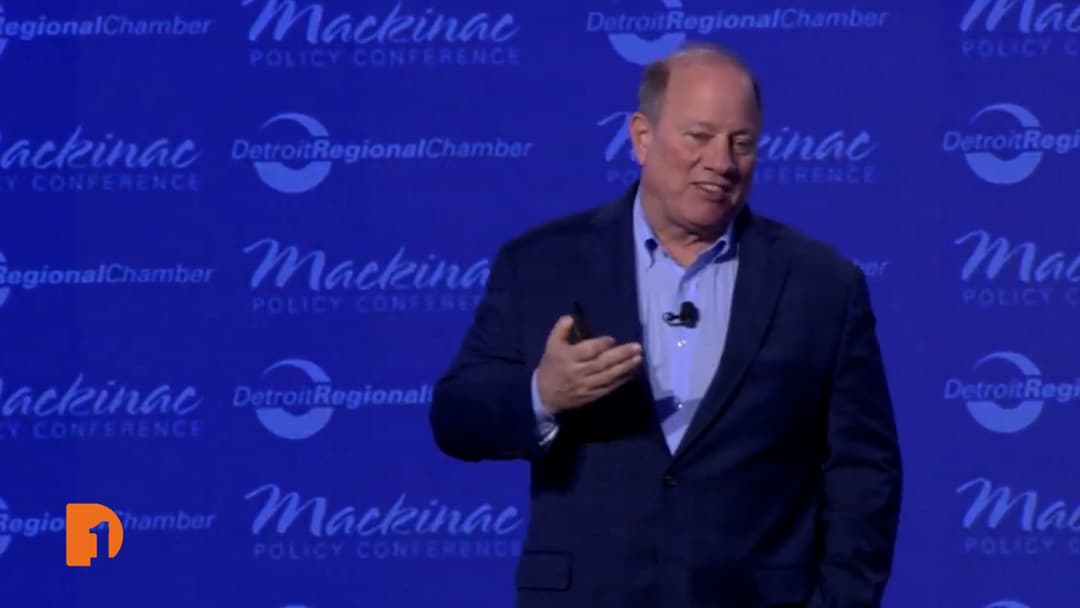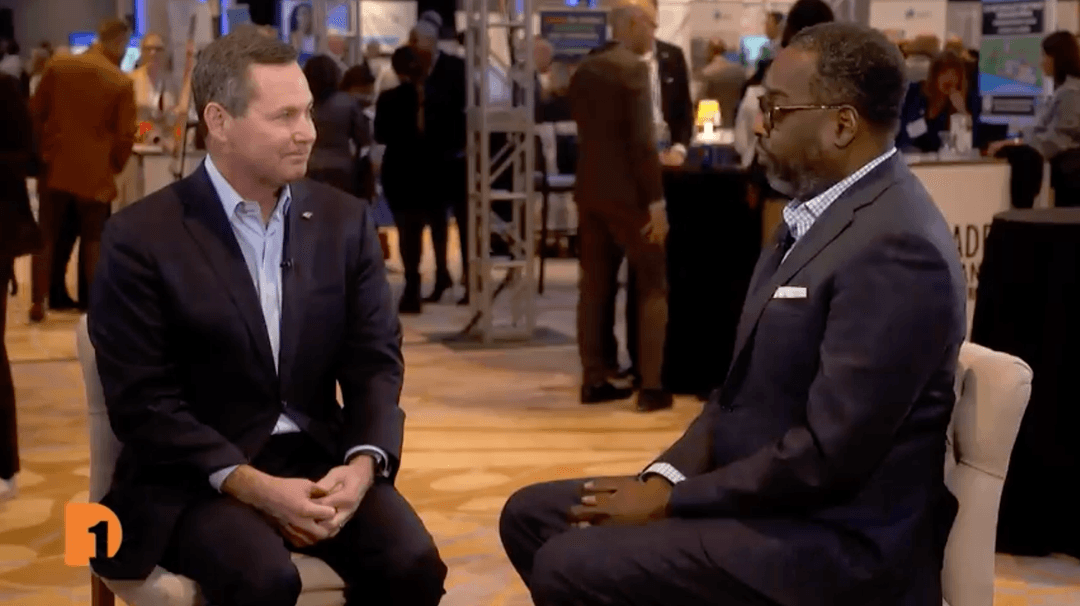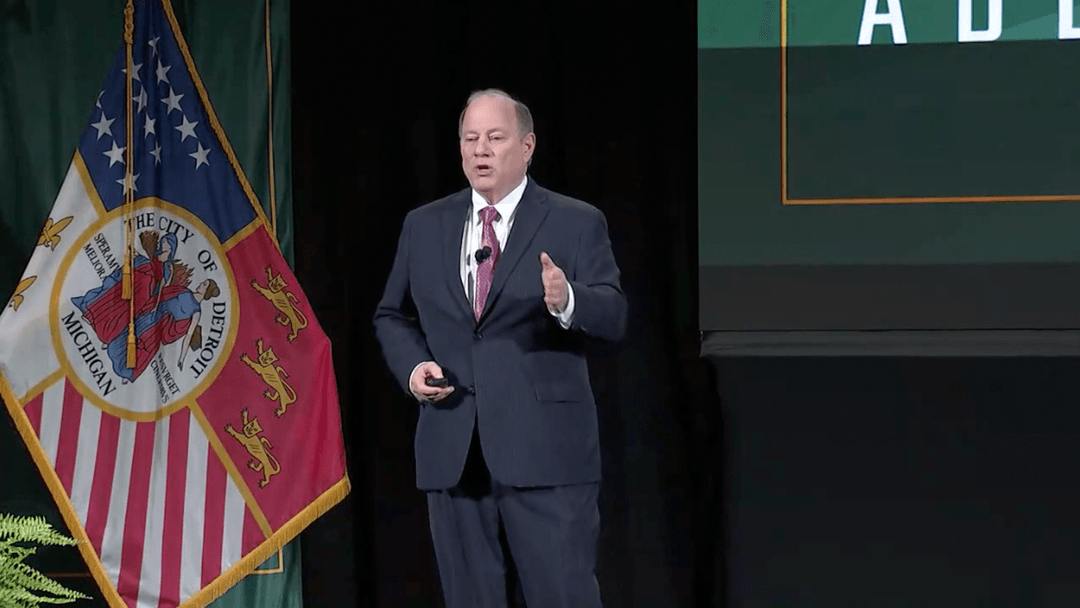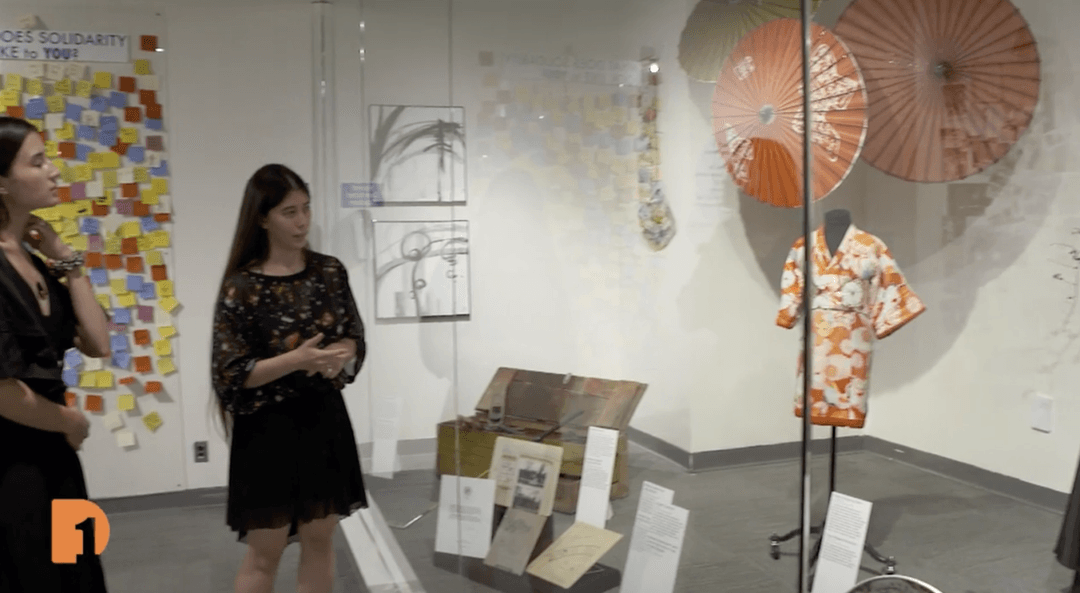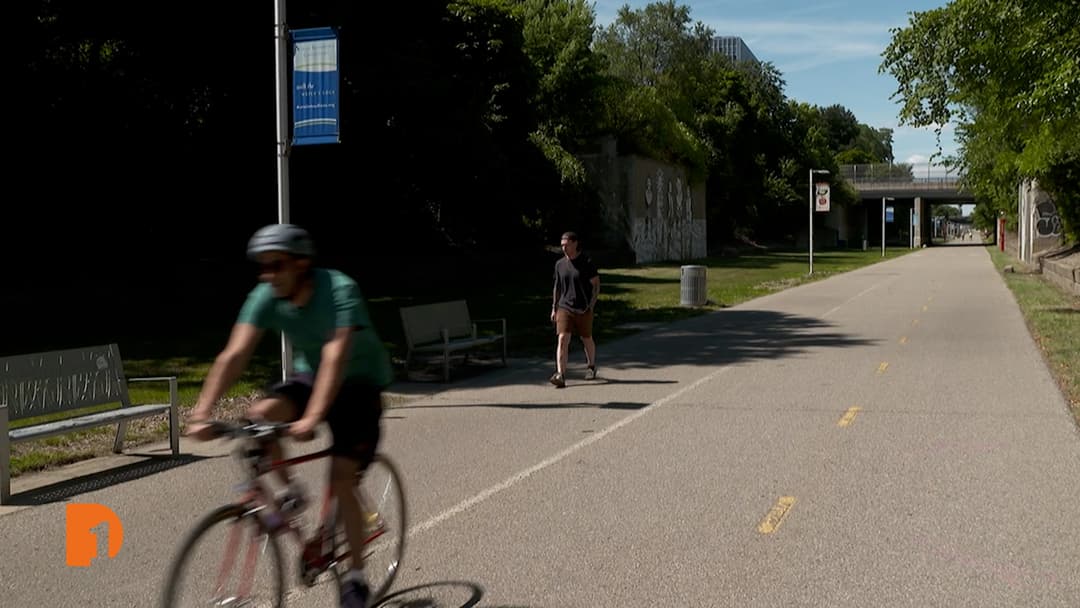Census 2020: Hamtramck and Highland Park See Different Shifts
Oct 12, 2021
Our partners at BridgeDetroit took a closer look at the two cities–both surrounded by Detroit–and how their populations shifted over the last 10 years. One Detroit’s Will Glover talked with reporter, Nushrat Rahman, to find out why one is seeing growth and the other isn’t.
[et_pb_video src=”https://youtu.be/MLyyzPGolgg” _builder_version=”4.10.7″ _module_preset=”default” global_colors_info=”{}”]
Full transcript:
Will Glover, Associate Producer, One Detroit:
Can you just give us a general overview? What are the numbers with Detroit overall? And then we’ll drill down a little bit into a couple of the cities that you covered specifically.
Nushrat Rahman, Reporter, BridgeDetroit:
Yeah, absolutely. So I think the census is always such an interesting time because every 10 years we get this like data dump of just-just an immense amount of information. It tells us a lot about what’s going on. So for Detroit, for example, for yet another decade, we saw a population decline. So, you know, the 2020 census showed us that there were about 639,000 Detroiters in the city. That’s a decline from 10 years ago. But that’s not anything new. Like I said, this has been happening. I believe this is like the seventh decade that this has happened
Will Glover:
When it comes to cities like Detroit, other places around the state, usually there are some trends or some examples of cities that, you know, kind of give us an overall view of what’s going on around us in a lot of places. And one of the two of the cities rather that you looked at specifically were Hamtramck and Highland Park. Is that correct?
Nushrat Rahman:
Mm hmm.
Will Glover:
So give me an overview as to what happened there and then we can talk a little more about it.
Nushrat Rahman:
Yeah, it’s really interesting because Hamtramck and Highland Park, there are two different cities with their own city councils and city government with their own dynamics, but they’re both engulfed by the city of Detroit. And so what we saw in the last 10 years was this kind of, you know, population shift where one grew by a large amount and the other shrank. So Hamtramck, for example, the population grew by 27%, that’s roughly 6000 people, and a city that’s pretty close to it, Highland Park, shrank by 24%. That’s 2800 people. And so that many people left the city. So you kind of see these very stark population shifts where one city grew and the other shrank. There were booming industries that existed in these cities, and then they left, and then it took the tax space with it, right? And so that’s kind of a similar story to what happened in Highland Park. You had Model T’s that were being made there. You had Chrysler, you had these booming industries. And then, you know, in the 1970s, in the 1990s, these industries left and people left with them, and that kind of started that decline. A lot of people I talked to said that they lack a lot of-they lack city services, right? They don’t have function-functioning streetlights. There are, you know, overgrown properties. It’s just a difficult place to live in, in that regard. The schools are decimated. That’s something that I’ve heard over and over again is that, you know, there aren’t that many-there aren’t schools for students to go to. And so you have a bunch of these various factors, whether it’s the fact that there aren’t streetlights, whether it’s the fact that, you know, there aren’t schools, there aren’t city services. Combine all of that together, and those are some of the reasons that people may have felt like they wanted to leave the city.
Will Glover:
When it comes to Hamtramck, they’re going in different directions. So what was the, you know, the driving force behind their growth in population?
Nushrat Rahman:
I kept hearing in my conversations with-with people is that immigration is a big driver of it. And this has been the story of Hamtramck for decades, right? You know, several decades ago, you had German immigrants who came and then Polish immigrants and then Bangladeshi immigrants and Yemeni immigrants who came and found Hamtramck as a place to get their start. I had one person who I talked to, he’s lived in Hamtramck for-for a couple of decades now. And he said Hamtramck is a landing port for-for new immigrants, right? It’s that place where you come. You get your job, you make money, you start businesses, and you get your start here. Some people move out to the suburbs, but other people find a place to stay here. And so that was one of the main reasons that a lot of people I talked to contributed to the population growth. You have people coming from Bangladesh, which is a country next to India. You have people coming from-from Yemen. And so there’s a huge amount of immigrants that live in this city and whose families live here as well. That was one of the main things I heard over and over again is that, you know, there’s a sense of community. I talked to one person who said that, you know, it’s a two square-mile city. I can go to the mosque. I can walk to the mosque, I can go to the grocery store. I don’t necessarily need to drive there. I can just, you know, walk there. Everything is within that radius, right? There’s that convenience factor. There’s that community factor. And so those were some of the driving factors. But overwhelmingly, like I said, immigration was something that kept coming up.
Will Glover:
A little more about what the people you spoke with were feeling. What-is their excitement in Hamtramck around this population growth and what comes with that excitement? What are, what are some of even the political ramifications from these population changes in these cities?
Nushrat Rahman:
So there’s that hope and optimism and excitement that like, yeah, we know that lots of people are continuing to move into the city. We know that people find this place exciting and they find community here. But interestingly enough, another thing I heard is that, you know, it’s a small city. Can it take any more people? Right? Like at one point, Hamtramck, I think it reached its population peak several decades ago, and it declined and it’s climbing back up. But that, there is a sentiment like, we’re kind of like landlocked here, like how many more people can fit here, right? So there was that sense. At the same time, another thing that I heard was that there was probably an undercount, right? Some residents think that there is an undercount, just the fact that there are so many immigrants that live here. There may have been a sense of like, I don’t want to give the government my information, like how safe am I? There were-there was some work done to dispel that fear, but a lot of the people that I talked to were like, we still think-we’re happy about the population increase, but we also think that there’s been an undercount.
Will Glover:
So in your examination of each of these cities that are both, you know, kind of encapsulated by the city of Detroit at large, what would you say based on what you’ve seen other cities, can do to grow their populations, to attract other people to come and, you know, want to set down their roots, open their businesses, start their families? What would you suggest based on-on the things that you’ve seen?
Nushrat Rahman:
I think based on the reporting for this story, I go back to the reporting for Highland Park. It was really interesting because, you know, a lot of the residents spoke about-about the fact that it’s frustrating. It’s difficult to live in the city because they lack some basic city services, you know? One person I talked to said that, you know, it’s hard for her to even walk her own city. She has to go to neighboring Highland Park or Hamtramck rather to get things or like go to Detroit to do things. And so there-there aren’t that many things to do. Like, we’re talking restaurants, we’re talking, you know, casually, what do you do on a Friday night or Saturday night, right? Like being able to walk in a city? I think those were some of the things that residents in Highland Park, for example, were frustrated about. They’re like, well, I can’t do that in my city. But at the same time, they expressed an immense amount of optimism and hope. They were like, well, we see hope for Highland Park, and we want to stick around for that. You know, they’re right off of Woodward, they’re seeing the development happening there. They were like, we think we can stick it out. Hamtramck neighbors said the same thing, right? Like, that’s one of the reasons why people move to the city is because of the community, right? Like if you’re Muslim, for example, you have a mosque right nearby. If you need groceries, you have a grocery store that you can walk to. So it’s that convenience factor and also the affordability. One of the people that I talked to in Hamtramck, for example, was like, you know, I moved from Virginia to Hamtramck because the houses were so, you know, affordable and cheap, right? So there’s that affordability to so many people for the story. And my goal was to get like a community perspective because like I said, the census numbers tell us one thing. We saw this very interesting trend like these two cities that saw opposite population shifts. But what do the neighbors have to say? What’s going on on the ground? And I think like, these two cities represent-I think they can represent any city in America really, right? Like they encapsulate what people look for in cities: housing, you know, access to food, transportation, right? They represent what it means to live in an American city and the neighbors express optimism, and they express hope about the ties that people have to the places that they live in. So yeah, I think it was-it was definitely a really interesting project to kind of dig deeper into the numbers and get a sense of like, you know, what’s going on? And then I would also say, like the census numbers, you know, they shift, they change, right? Like they don’t define a community. You kind of have to talk to the people who are there to kind of get a fuller picture and also get a sense of like the history and the context behind it as well.
Stay Connected
Subscribe to One Detroit’s YouTube Channel and don’t miss One Detroit on Thursdays at 7:30 p.m. and Sundays at 9 a.m. on Detroit PBS, WTVS-Channel 56.
Catch the daily conversations on our website, Facebook, Twitter @OneDetroit_PBS, and Instagram @One.Detroit
Related Posts
Leave a Reply
Your email address will not be published. Required fields are marked*





